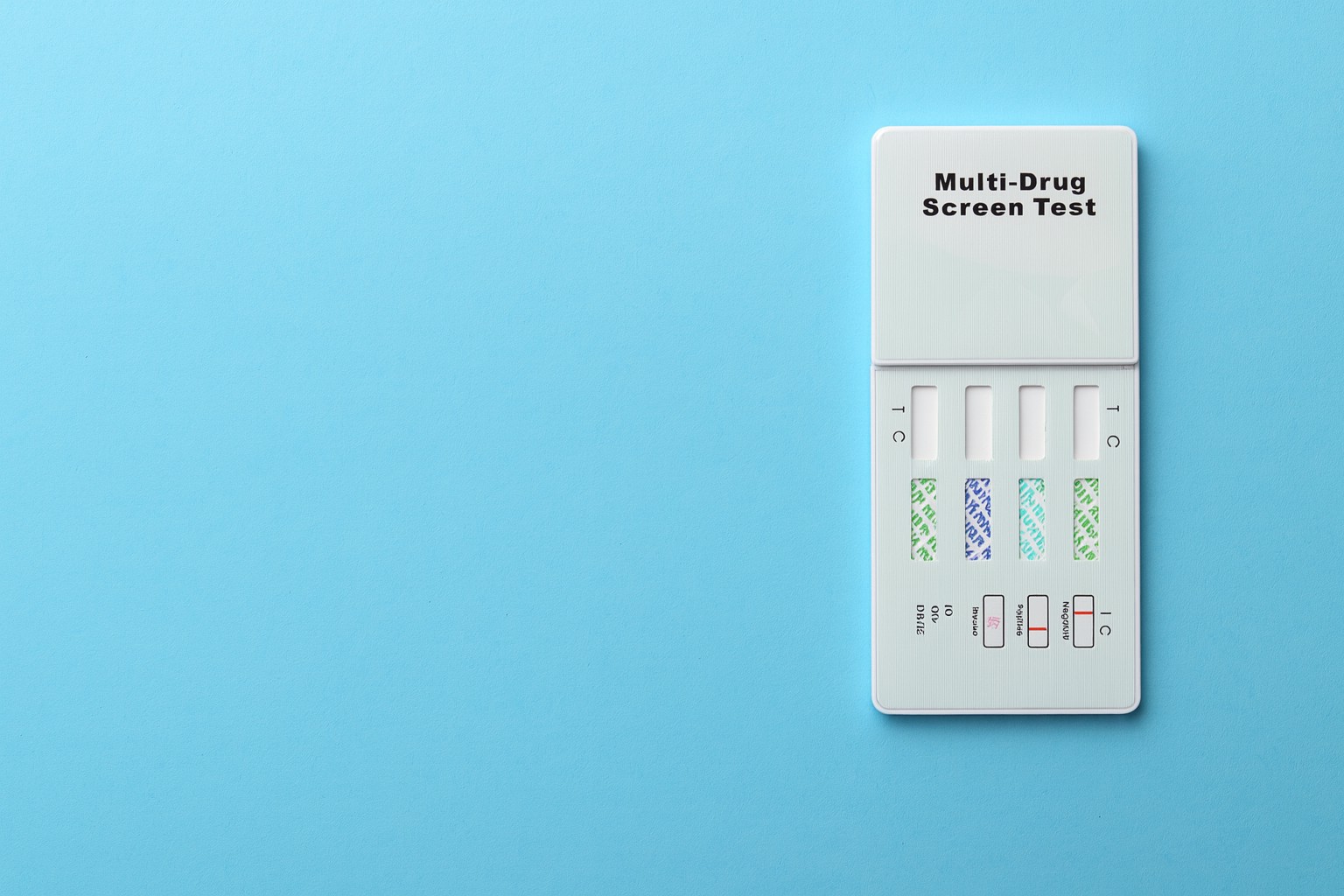Understanding DOT Drug Tests and FMCSA Rules

Every year, thousands of commercial drivers undergo DOT drug and alcohol testing to ensure safety on America’s roads. These tests are not random rules. They are required by the Department of Transportation (DOT).
This is under 49 CFR Part 40 and 49 CFR Part 382. These parts explain how testing is done for safety-sensitive jobs.
– It is essential to understand the process.
– This applies to new CDL drivers taking a pre-employment test.
– It also applies to fleet owners. It helps you stay legal and feel confident.
Why DOT Drug and Alcohol Testing Exists
The Federal Motor Carrier Safety Administration (FMCSA) enforces strict drug and alcohol testing rules for all commercial drivers. The purpose is simple: to prevent accidents and keep everyone safe.
Drivers who perform safety-sensitive duties, such as operating commercial vehicles, loading hazardous materials, or performing maintenance, must avoid drugs or alcohol while working.
Testing programs also protect employers, ensuring their drivers meet federal standards and helping avoid violations during compliance reviews.
Who Must Comply With 49 CFR Parts 40 and Part 382
Under 49 CFR Part 40, the Health and Human Services (HHS) sets testing standards and approved laboratory procedures.
Meanwhile, 49 CFR Part 382 applies directly to motor carriers and CDL drivers. It explains when tests must be conducted, how results are handled, and what happens after a violation.
If you hold a commercial license or employ drivers who do, you must follow these regulations; no exceptions.
When a DOT Drug or Alcohol Test Is Required
The DOT requires several drug and alcohol tests during a driver’s career. Each serves a different purpose and must follow strict testing procedures.
- Pre-Employment Test: Before a driver can perform any safety-sensitive duties, they must pass a pre-employment test. This ensures no controlled substances are present before they start driving.
- Random Drug Tests: All drivers are enrolled in a random testing pool. Selections are made using a scientifically valid method, and drivers must report immediately when notified. FMCSA sets the current drug testing rate annually.
- Post-Accident Tests: After certain crashes, post-accident drug and alcohol tests are required to determine whether drugs or alcohol contributed to the event. Timing is important—tests must be conducted as soon as possible after the accident.
- Reasonable Suspicion Tests: If a supervisor observes behavior suggesting substance use, they may require a test. Supervisors must complete DOT-approved training to make these decisions.
- Return-to-Duty Testing: Drivers who test positive or refuse testing must complete a return-to-duty testing process with a Substance Abuse Professional (SAP) before resuming any safety-sensitive duties.
- Follow-Up Testing: After a driver returns to work, additional unannounced tests are required over a one-to-five-year period. These ensure continued compliance.
How DOT Drug Testing Works
The standard DOT urine testing process follows exact steps outlined in 49 CFR Part 40. Here’s what to expect:
- Collection: Under controlled conditions, the driver provides a urine sample at a certified collection site. Privacy is protected unless tampering is suspected.
- Laboratory Testing: The specimen goes to an HHS-certified lab for analysis. The test checks for substances like marijuana, cocaine, opioids, amphetamines, and phencyclidine (PCP).
- Medical Review Officer (MRO): A qualified MRO reviews results. If a test is positive, the MRO contacts the driver to verify prescriptions or explain results.
- Results Reporting: The employer receives official results and must record them in the FMCSA Drug and Alcohol Clearinghouse as required by DOT regulations.
Role of Substance Abuse Professionals (SAP)
If a driver tests positive or refuses a test, they cannot return to work until evaluated by a Substance Abuse Professional (SAP).
The SAP guides the driver through education or treatment and determines when they are ready for return to duty testing.
Employers must follow this process completely to comply with motor carrier safety regulations.
What’s Changing in 2025
In 2025, the Department of Transportation is finalizing updates to 49 CFR Part 40 and related sections.
The finalized rule introduces oral fluid testing as an approved alternative to urine testing, giving carriers and drivers more flexibility.
This update aims to speed up collection, reduce tampering, and improve detection accuracy. Employers must still use HHS-approved labs and certified collectors for all samples.
Other updates include improved data reporting in the Drug and Alcohol Clearinghouse and stronger verification steps for substance abuse professionals.
How Fleet Managers Can Stay Compliant
For fleet owners and safety managers, compliance requires consistency.
Keep a written policy covering drug and alcohol testing, ensure all drivers are enrolled in a random pool, and maintain records of every pre-employment, post-accident, and return-to-duty test.
Partnering with a certified consortium, such as Interstate Consortium, can help manage compliance with 49 CFR Part 40 and 49 CFR Part 382, handle lab coordination, and track testing results securely.
Final Thoughts
The DOT drug and alcohol testing program protects everyone on the road. Drivers and employers can stay safe and compliant by following 49 CFR Part 40 and 49 CFR Part 382. They should work with qualified substance abuse professionals and keep up with the latest rules.
If you own a fleet or are a CDL driver, it is important to understand the testing process, which includes pre-employment tests and return-to-duty tests.
Compliance keeps your company’s reputation strong, your operating authority secure, and the highways safe.
